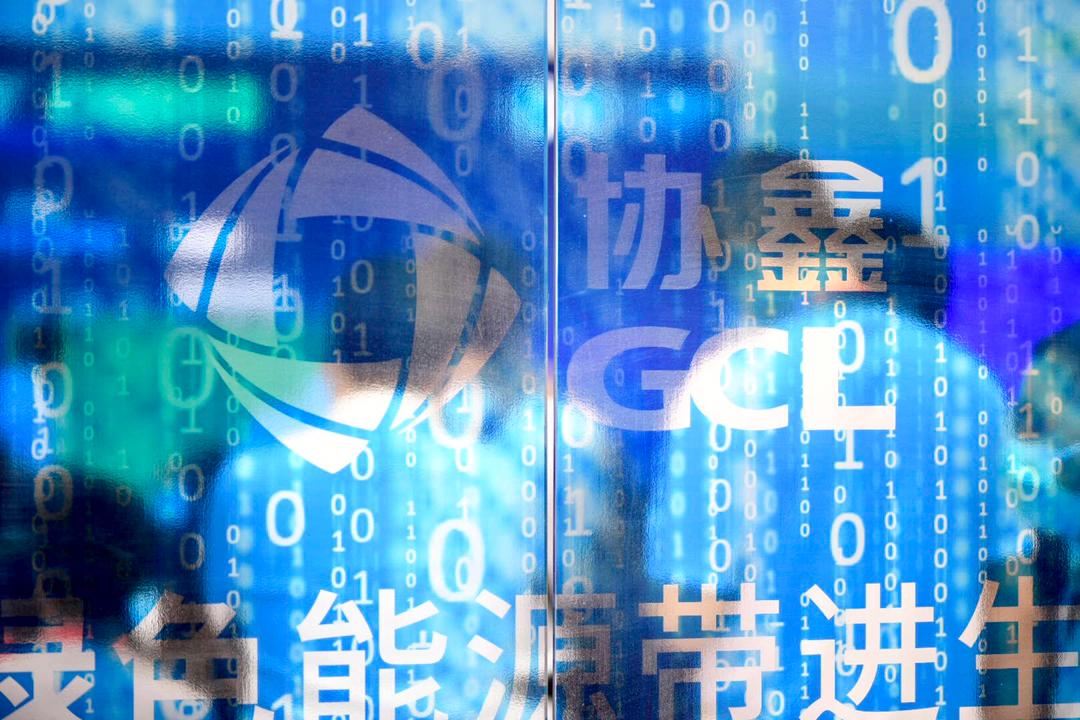Chinese polysilicon maker GCL-Poly used its annual report for 2021 to again press the carbon footprint claims of its new granular silicon product of the solar panel raw material.
Announcing a profit for shareholders of RMB5.08 billion (US$798 million) on Monday – following 2020's annual loss of RMB6.27 billion (US$985 million) – the poly maker pointed to certification achieved from a French government body in October that its granular silicon had a CO2 equivalent of 37kg for each kilogram manufactured, far exceeding the previous world record for polysilicon, of 57.56kg per kilo produced, according to GCL.
pv magazine print edition
The company said it had annual production capacity of 30,000 tons per year for the product at the end of December, in addition to 45,000 tons of capacity for its conventional rod silicon.
And with the manufacturer producing 47,610 tons of poly last year, and 38,118MW worth of solar wafers, GCL said its low-carbon granular silicon will swiftly enter the wafer supply chain and feed into solar components further down the line at a time when the European Union is preparing to introduce a carbon border which will apply penalties to imports which have heftier carbon footprints than European products.
GCL's annual report, published on the Hong Kong Stock Exchange, also remarked how the Russian invasion of Ukraine has prompted governments around the world to reduce their reliance on Russian fossil fuels, in favor of renewables.
GCL-Poly last year recorded a 34% year-on-year rise in revenue, to RMB19.7 billion (US$3.09 billion), with its polysilicon and wafer manufacturing operation generating RMB16.7 billion (US$2.62 billion) of that, for a divisional profit of RMB5.53 billion (US$868 million). The company said it sold RMB8.46 billion (US$1.33 billion) worth of wafers to external customers, up from RMB5.69 billion (US$893 million) in 2020; and RMB5.96 billion (US$936 million) of polysilicon, up from RMB2.2 billion (US$345 million).
Its burgeoning solar materials business was helped by a reduction of debts at its GCL New Energy solar project development business, which sold 2.9GW of generation capacity to state-owned enterprizes last year as it attempts to pivot towards hydrogen.
GCL-Poly said its bank balance rose from RMB1.7 billion (US$267 million), at the end of 2020, to RMB6.7 billion (US$1.05 billion) a year later, and reported it has secured long-term orders for 700,000 tons of its granular silicon.
This content is protected by copyright and may not be reused. If you want to cooperate with us and would like to reuse some of our content, please contact: editors@pv-magazine.com.




1 comment
By submitting this form you agree to pv magazine using your data for the purposes of publishing your comment.
Your personal data will only be disclosed or otherwise transmitted to third parties for the purposes of spam filtering or if this is necessary for technical maintenance of the website. Any other transfer to third parties will not take place unless this is justified on the basis of applicable data protection regulations or if pv magazine is legally obliged to do so.
You may revoke this consent at any time with effect for the future, in which case your personal data will be deleted immediately. Otherwise, your data will be deleted if pv magazine has processed your request or the purpose of data storage is fulfilled.
Further information on data privacy can be found in our Data Protection Policy.